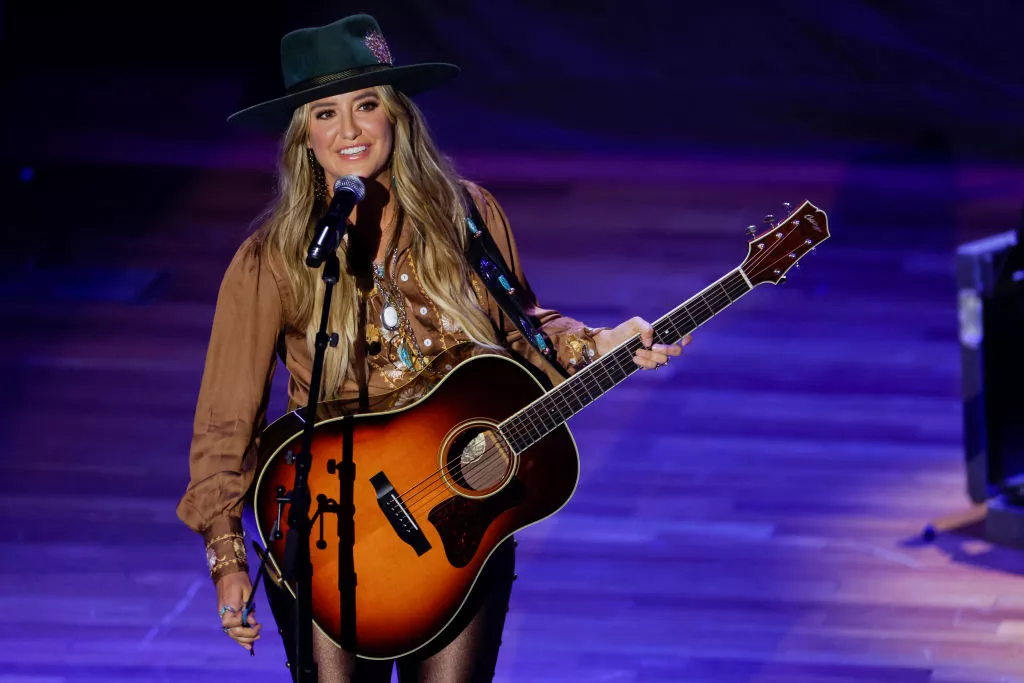Country Music , a genre that has woven itself into the very fabric of American culture. From the rolling hills of Appalachia to the bustling streets of Nashville, this musical genre has produced some of the most iconic and enduring voices in the world of music. While country music has been historically dominated by male artists, the contributions of female singers to this genre are equally significant and have played a pivotal role in shaping its rich tapestry. In this article, we will embark on a journey through time and explore the evolution of female singers in country music.
Pioneers of Country Music: Breaking New Ground
Country Music, in its early years, was primarily a male-dominated domain. However, the roots of this genre are intertwined with the voices of some remarkable women who paved the way for future generations. The 1920s marked the emergence of female singers who ventured into the country music scene. Pioneers like Maybelle Carter and Sara Carter brought a unique charm to country music with their distinctive vocal styles and instrumental prowess. These early female trailblazers introduced the world to the enchanting world of country music, firmly establishing the genre’s foothold.
As the country music scene began to flourish, the 1930s witnessed the rise of another female star, Patsy Montana. Her 1935 hit, “I Want to Be a Cowboy’s Sweetheart,” made her the first female country artist to sell a million records, breaking ground for women in the industry. This pivotal moment signified a changing tide in country music, as more female artists began to embrace the genre’s heartfelt storytelling and sincere emotion.
Country Music in the Post-War Era: Honky-Tonk and Heartache
The post-World War II era saw the emergence of the honky-tonk subgenre, where female singers in country music began to take center stage. The 1950s witnessed the meteoric rise of Kitty Wells, often dubbed as the “Queen of Country Music.” Her 1952 hit, “It Wasn’t God Who Made Honky Tonk Angels,” became a chart-topping success and challenged the societal norms of the time. This groundbreaking song was a powerful anthem that questioned the double standards often associated with country music and set a precedent for female empowerment in the genre.
During this period, other remarkable female singers like Loretta Lynn, Tammy Wynette, and Dolly Parton also made their mark in country music. Their emotive storytelling, powerful vocals, and relatable lyrics resonated deeply with audiences, solidifying their positions as icons in the country music landscape. The 1960s and 70s marked a golden era for female singers in country music, where the genre witnessed a surge in female representation and a broader acceptance of their contributions.
The 80s and 90s: Country Queens Reign Supreme
The 1980s and 90s were an era of country queens, with female artists dominating the charts and airwaves. Artists like Reba McEntire, Patty Loveless, and Trisha Yearwood captivated audiences with their powerful voices and compelling narratives. The rise of country-pop during this period also allowed for a fusion of different musical elements, further expanding the reach of female singers in country music.
One of the most iconic moments in country music history occurred in 1981 when Dolly Parton, Linda Ronstadt, and Emmylou Harris collaborated on the album “Trio.” This groundbreaking project showcased the harmonious blend of three distinct voices and solidified their status as country music legends. Their contribution to the genre continued to influence generations of female artists who followed in their footsteps.
The Modern Era: Diversity and Innovation in Country Music
As we transition into the 21st century, country music continues to evolve, and female singers play an essential role in shaping its contemporary landscape. Artists like Carrie Underwood, Miranda Lambert, and Kacey Musgraves have achieved both critical acclaim and commercial success, proving that country music is not limited by gender but rather enriched by diversity.
Country music has also witnessed an influx of subgenres, allowing for more experimentation and innovation. Artists like Maren Morris, with her fusion of country, pop, and R&B, have pushed the boundaries of what country music can be, appealing to a broader and more diverse audience.
Challenges and Triumphs: The Ongoing Journey of Female Singers in Country Music
While the history of female singers in country music is filled with triumphs and achievements, it is not without its challenges. The industry has often grappled with issues of gender inequality, ageism, and limited representation of women in key roles. Female artists have had to navigate these hurdles while continuing to create music that resonates with fans around the world.
In recent years, there has been a growing movement within the country music industry to address these issues and provide more opportunities and recognition for female artists. Initiatives like the “Women of Country” movement and organizations like the “Song Suffragettes” have emerged to support and promote the talents of female singers in country music. These efforts are gradually reshaping the industry and creating a more inclusive space for women to thrive.
Conclusion
Country music has a rich and diverse history, and female singers have played an integral role in shaping its evolution. From the pioneering days of Maybelle Carter to the contemporary sounds of artists like Carrie Underwood, the contributions of women in country music are undeniable. Their voices have told stories of love, heartache, resilience, and empowerment, resonating with audiences across generations.
As we celebrate the enduring legacy of female singers in country music, it is essential to recognize the challenges they have overcome and the progress that continues to be made. The genre’s future is bright, with a new generation of talented female artists poised to carry the torch and contribute their unique voices to the ever-evolving world of country music. As long as there are stories to tell and songs to sing, female singers will continue to be an integral part of the country music landscape, ensuring its enduring and vibrant future.

